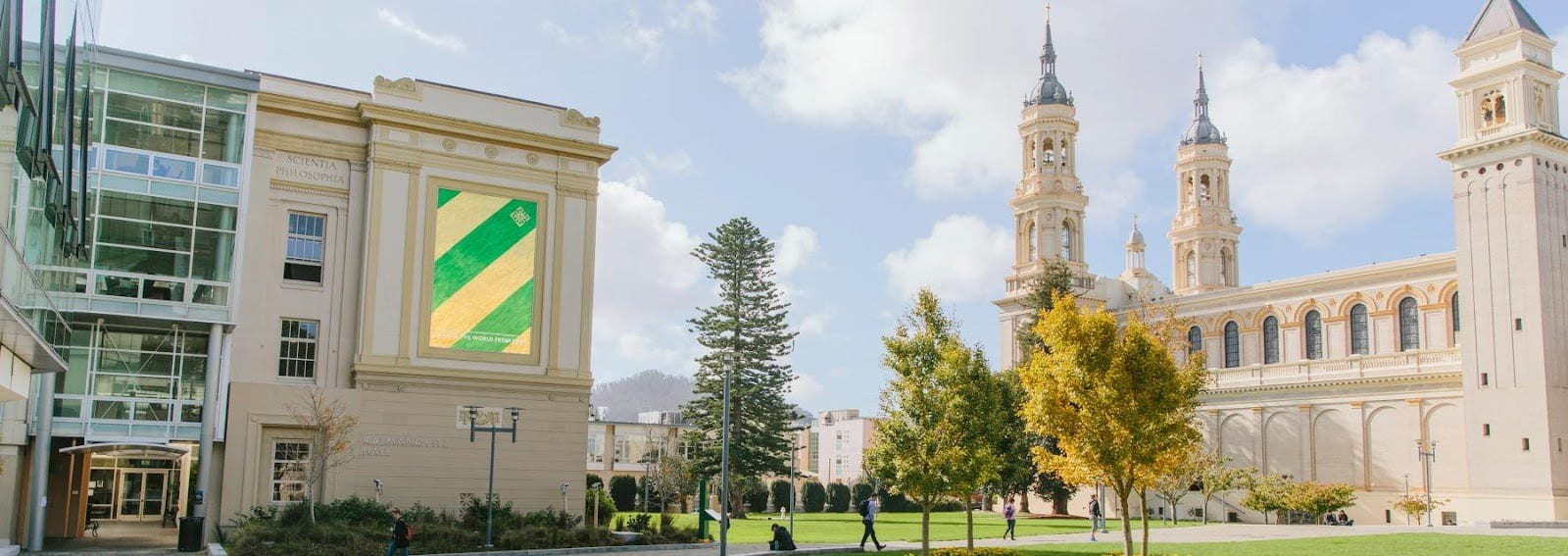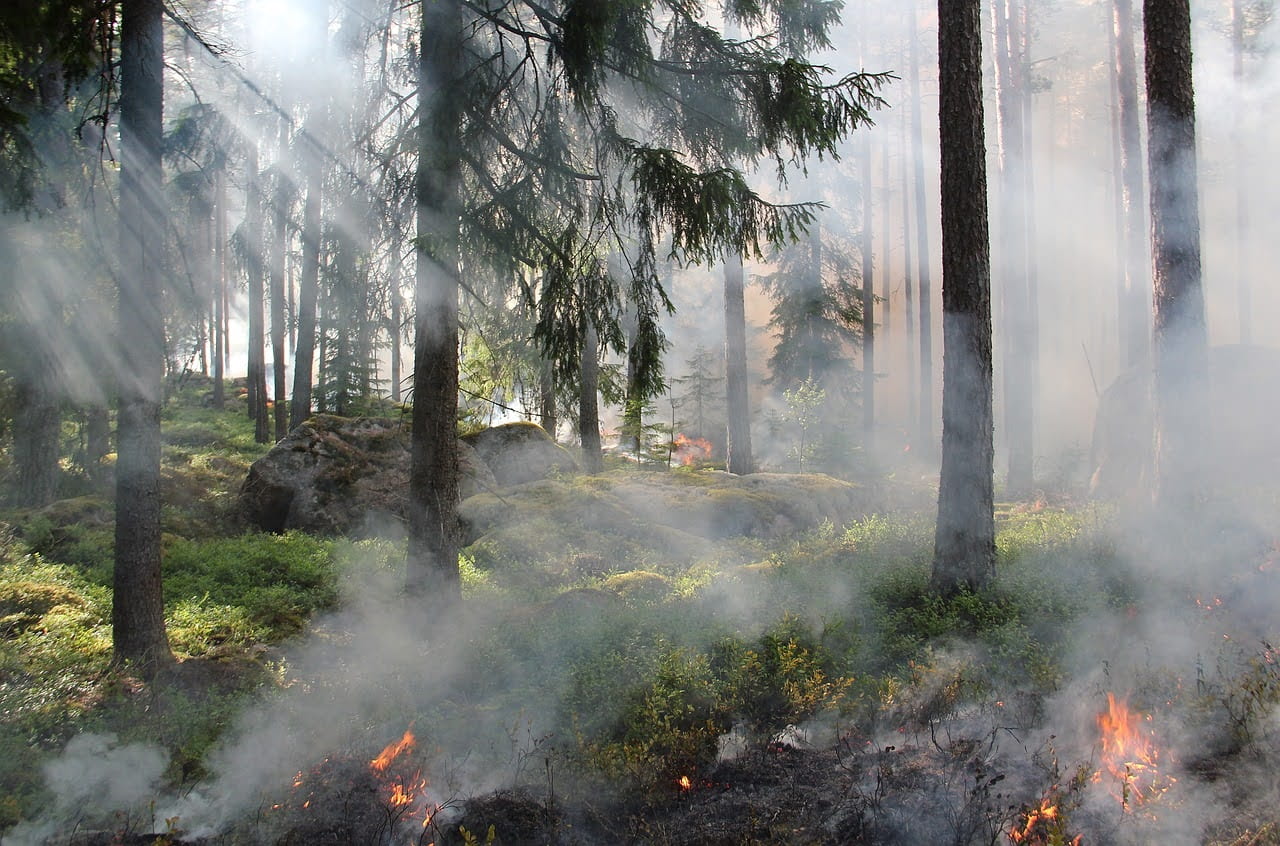Working With the Land — the Story of Golden Gate Park
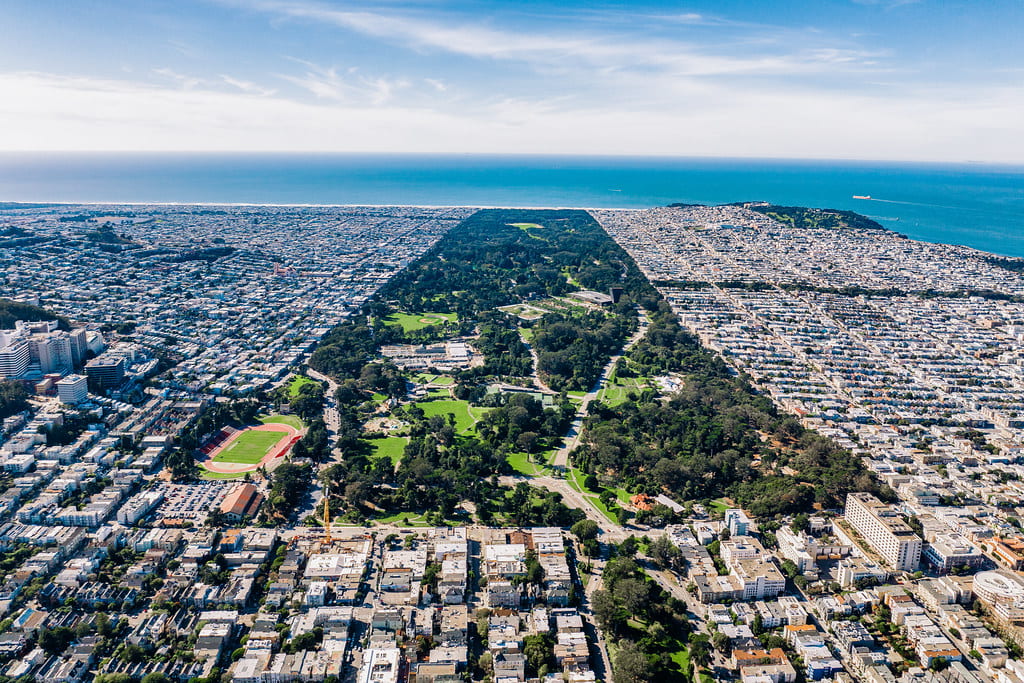 Let’s do a quick visualization game together. If you live in the dorms, or anywhere west of the Hilltop, take a look outside your window. See those tall trees? Or the lawn down below with all the bright flowers? Imagine all of that disappearing — strip it down to the soil. Now cover what you see with a thick heap of sand. Speckle that sand with a few juicy succulents and oaks. This is what all of western San Francisco looked like less than 200 years ago. That includes, of course, the lush, green, biodiverse playground that is Golden Gate Park. According to SF Rec and Park, Golden Gate Park attracts about 25 million visitors every year — half of which are from SF, a quarter from the Bay Area, and the rest from abroad. But how did the park become what it is today?
Let’s do a quick visualization game together. If you live in the dorms, or anywhere west of the Hilltop, take a look outside your window. See those tall trees? Or the lawn down below with all the bright flowers? Imagine all of that disappearing — strip it down to the soil. Now cover what you see with a thick heap of sand. Speckle that sand with a few juicy succulents and oaks. This is what all of western San Francisco looked like less than 200 years ago. That includes, of course, the lush, green, biodiverse playground that is Golden Gate Park. According to SF Rec and Park, Golden Gate Park attracts about 25 million visitors every year — half of which are from SF, a quarter from the Bay Area, and the rest from abroad. But how did the park become what it is today?
Acquisition
It all began in April of 1870 when California state legislators first named Golden Gate Park and set its boundaries. It was not originally within San Francisco city limits. According to the digital history archive Found SF, setting the boundaries of the park was the first step before it could be commissioned and surveyed.
Before the state acquired the land, it had been described as a “dreary desert” inhabited by squatters. The area was more officially known as “Outside Lands” — ring any bells? — and the folks who lived there were not going to give it up without a legal battle. The Mayor-Elect at the time, Frank McCoppin, managed to negotiate with the claimants and acquire the 1,013 acres of dunes, which were then priced at $801,593. Next, according to KQED, city leaders put out a bid to see who could manage to design a green park in this “dreary” landscape, and a man named William Hammond Hall won. 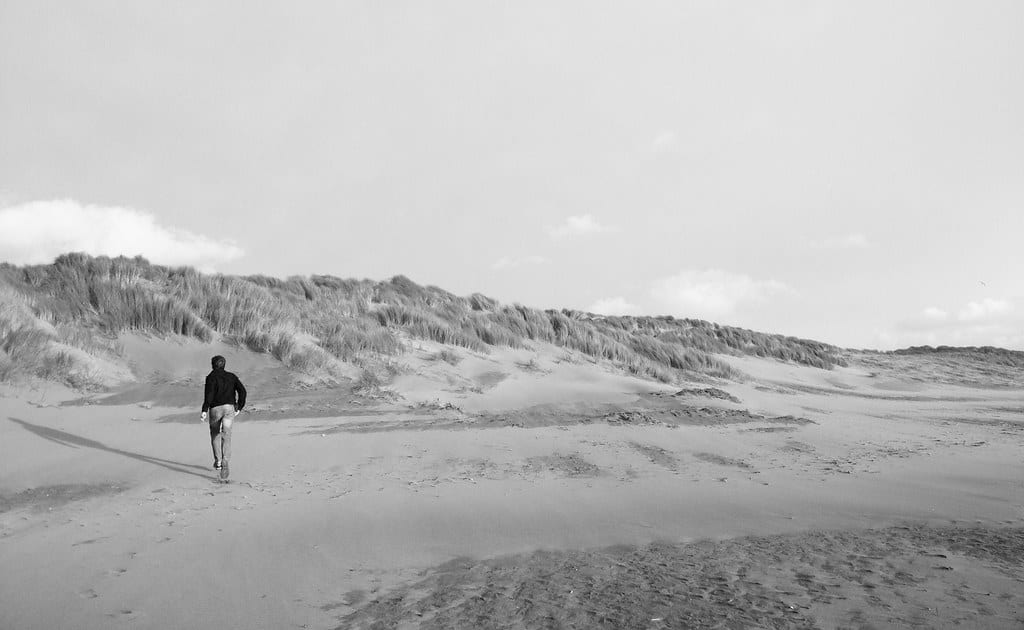
Creation Story
Found SF details Hall’s initial attempts to transform Golden Gate Park’s landscape. First, Hall planted a perennial shrub called lupine in the sand, but this failed because of strong winds from the west. What happened next is not historically verified and has become somewhat of a legend. “Barley grain spilled onto the sand from a horse’s feed bag,” Found SF reports, “and Hall noticed later that it had sprouted. The quick-growing seed was broadcast on the sands but lived only a couple of months, not long enough to set deep roots.” KQED adds an important detail to this story: horse manure. Apparently, a load of horse manure dropped right where the barley had spilled, causing it to grow faster. Hall thought next to combine the fairly successful barley with lupine, covered with a layer of manure and topsoil. This seemed to be the magic recipe because Found SF reports that by 1873, “the drifting sands at the beach had been tamed.”
According to KQED, Hall used another trick that he learned from his friend Frederick Law Olmsted, a landscape architect. Olmsted coined the term “the genius of place” and believes that the topography of natural spaces should be respected. Thus, instead of flattening the dunes, Hall worked with the natural dips and hills to create windbreaks for plants. At the western side of the park, by Ocean Beach, Hall installed a fence and used his barley-lupine-manure strategy to accumulate plant matter and create a strong barrier. We have Olmsted’s philosophy and Hall’s dedication to thank for all the wind-protected nooks in the park today.
Once most of the land was stabilized, Hall planted lots of eucalyptus, Monterey cypress, and Monterey pine, says SF Gate, because these trees fare very well in sandy soil. Only five years after acquiring the land, Golden Gate Park became home to about 60,000 young trees. SF Gate also reports that the two Dutch windmills that still exist at the western end of the park helped provide water to the area.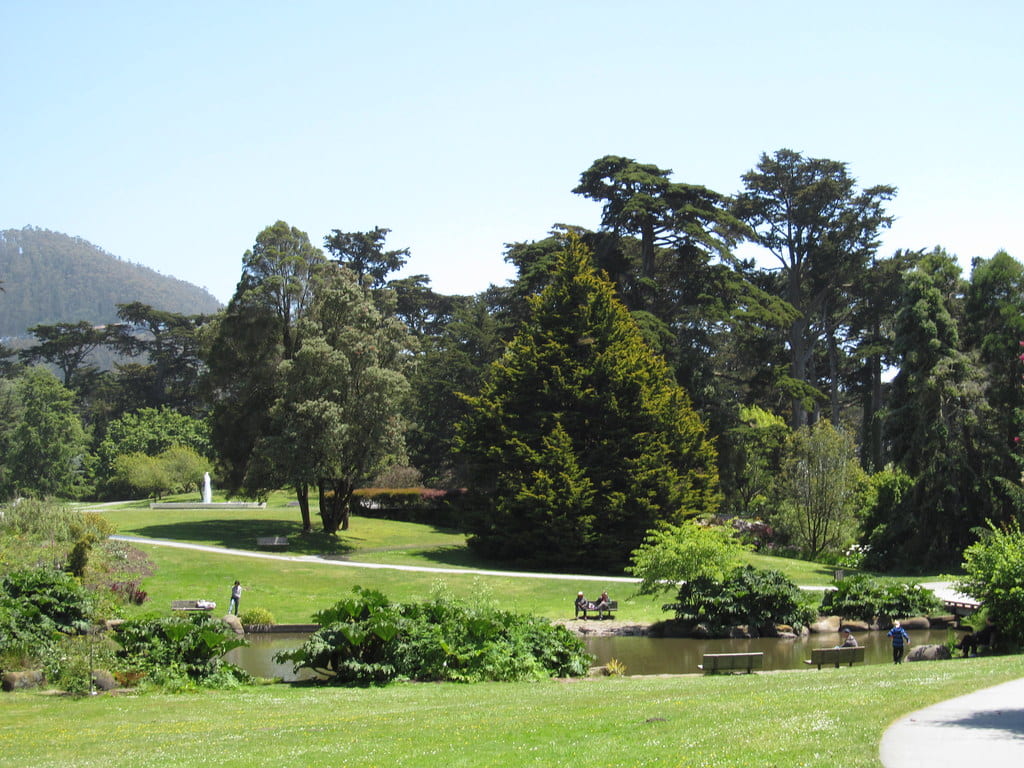
In 1890, Hall’s role was passed to a horticulturalist named John McLaren. KQED reports that McLaren shared Hall’s ethics about working with the natural landscape, and he resisted as outside interests tried to commodify the space. When the city held the Midwinter Fair in Golden Gate Park in 1894, all kinds of sculptures and buildings were constructed to wow audiences. Meanwhile, McLaren snuck around the premises, planting things around some monuments that would obscure them over time. The Sculpture Garden next to the De Young is the result of McLaren’s trick — overgrown monuments that visitors do not easily notice.
Inhabitants
Under McLaren’s leadership, something much more monumental than any statue was brought to the park — a bison, from a dwindling (near extinct) population. By 1889, the number of bison in the U.S. had been reduced from 30 million to 1,000, according to KQED. They were killed for sport, for their meat and skin, and to disadvantage Native American groups. The bison brought to the park from the Great Plains was soon joined by others, and by the 1920’s, SF Gate states, the herd had 30 bison. Since then, over 500 calves have been born in the park. 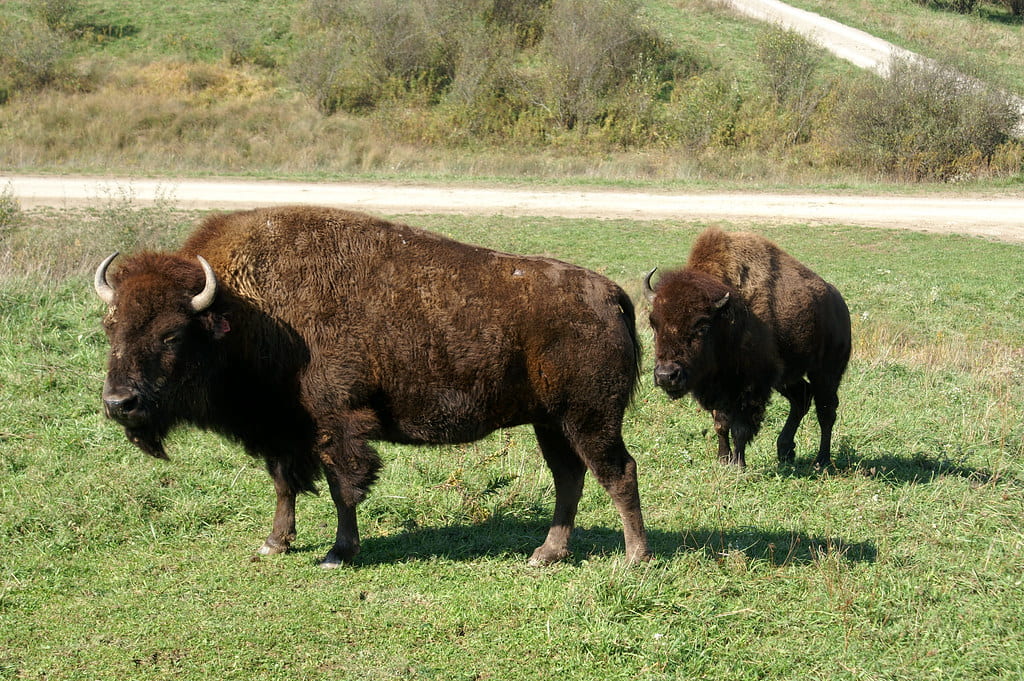
The park also harkened back to its pre-acquisition roots after the 1906 earthquake and fire, providing temporary shelter for 200,000 San Francisco residents who had lost their homes, SF Rec and Park reports.
Visitors and Transportation
According to Found SF, streetcars were the go-to method of transportation to Golden Gate Park, for those who could afford them. By 1900, the park was accessible by nine different streetcar lines. A couple of years later, in 1902, automobiles gained popularity and also brought people to the park, but they were not allowed inside because they were thought to scare cyclists and animals. It only took two more years before cars were allowed into the park, through a gate on Page Street, but the debate about permitting cars in the park persists to this very moment. Last year, San Franciscans voted to keep JFK Drive —which runs along the northern edge of the park and connects pedestrians to sights like the Conservatory of Flowers and the Music Concourse — car-free from the far-eastern end of the park through to Transverse Drive, keeping Hall’s vision alive.
For some people, learning that Golden Gate Park is manmade is a red flag. After all, doesn’t the human-driven transformation of an entire landscape point to some form of colonization? The planning and cultivation of Golden Gate Park by white settlers like Hall and McClaren can be seen as colonial and unnecessary — the land was doing just fine without them. However, these architects went about the creation of Golden Gate Park with the intention of honoring the landscape and working with it. They made an effort to keep monuments and structures that glorify humanity out of the park and instead planted as many things as possible to spotlight natural diversity. So, when we walk through Golden Gate Park now and delight in what we see, we can rest assured knowing the park is and was always intended to be, a shrine to the natural world.

